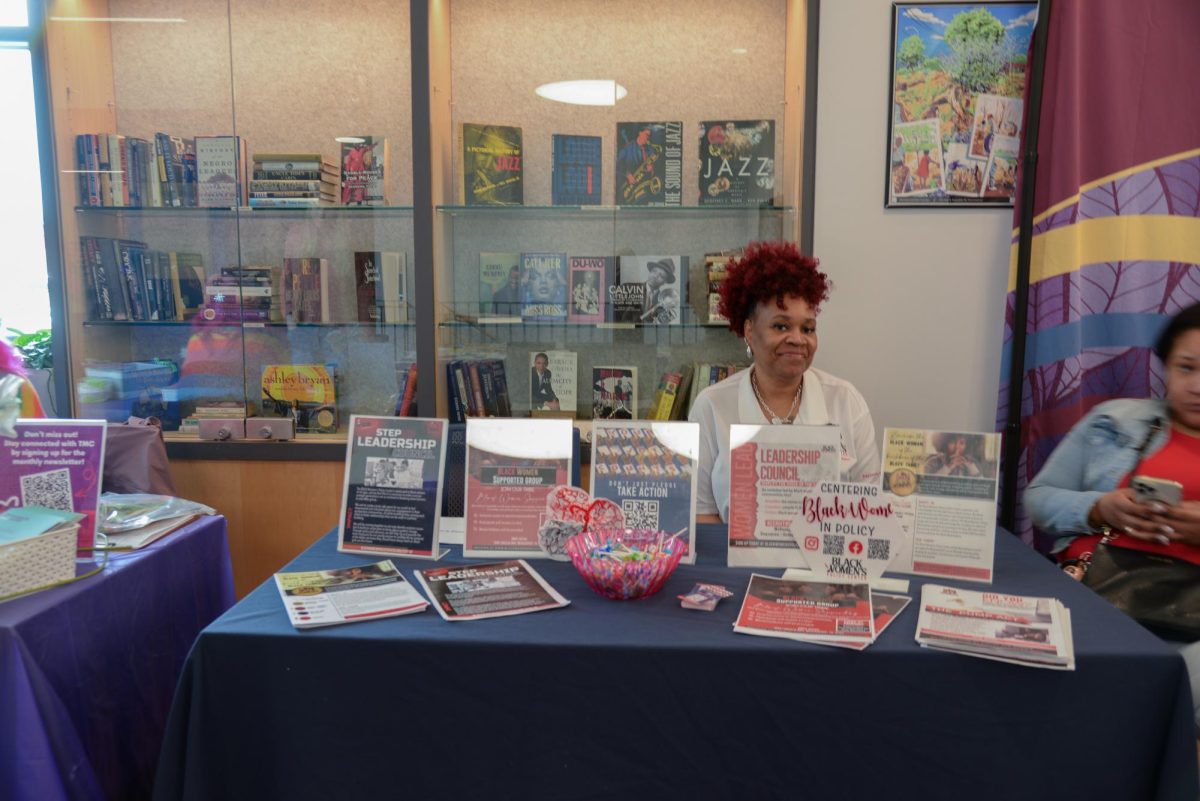Pitt dresses up for holiday season
December 7, 2005
It’s beginning to look a lot like … the winter holiday season?
There’s snow, wreaths,… It’s beginning to look a lot like … the winter holiday season?
There’s snow, wreaths, mistletoe and lit trees. There are large blue and gold banners dangling from the Commons Room ceiling in the Cathedral of Learning, giving an array of yuletide greetings in 16 different languages.
Pine trees and other decorations hanging around campus may give students the impression that Pitt is dressed only for Christmas.
But according to Pitt spokesman John Fedele, court rulings have declared decorating with trees, Santas, angels and lights to be non-religious. He added that these laws are always changing.
Fedele said that student groups and University employees are able to freely decorate their office space with whatever decorations they so desire, as long as they are sensitive to other people’s feelings.
He used the examples of merely having a Christmas tree versus blaring religious Christmas music down the hallway. The latter could be a disturbance.
Facilities Management is responsible for decorating common areas, as well as some departments within the University.
“In general, there are no published guidelines for what can be put up, except for safety,” Fedele said. “We don’t want to be seen as endorsing one religion or another.”
Most students are fine with the decorations.
Elan Strait, who will become president of Pitt’s Hillel – a Jewish student organization – next semester, said he personally thought that the University makes an effort to allow religious diversity.
“Even if they don’t display some of our holiday objects, if we asked them to, I assume they would,” Strait said.
He added that Light Up Night at Pitt is always multi-denominational.
David Kantrowitz, president of the University Skeptics and Humanists, said that as long as decorations are not overtly religious, there isn’t an issue.
The Skeptics and Humanists are a group who discuss non-religious thought and secular education.
“I don’t see Christmas trees as a problem, if there was a nativity scene in the middle of the Cathedral I would have a problem,” Kantrowitz said.
While the Cathedral Common Rooms has decorations traditionally associated with Christmas, the 26 nationality rooms offer glimpses of how different cultures celebrate the holiday season. At their annual open house on Sunday, the rooms were decorated for Christmas, Hanukkah, Kwanzaa and various New Year’s celebrations.
E. Maxime Bruhns, the director of the Nationality Rooms Programs, said that the committees who originally built the rooms are responsible for the holiday decorations.
The Indian Room holds many candles, to celebrate the Hindu festival of lights, Diwali, while the Israeli room holds a menorah.
A traditional candelabra, wrapped gifts and fruit are shown in the African Heritage classroom and are all used for the celebration of Kwanzaa.
In Japan, people celebrate New Years for three days. The Japanese room has a Kadomatsu or “gate pine,” which is placed outside the gates of a home for the god of good luck to bring luck to the family in the coming year.
The French haven’t typically celebrated Christmas with Christmas trees, but most houses in the predominantly Catholic nation have a nativity scene, and thus the nationality room has an antique one.
And in the English classroom, with its long wooden benches and ornate stained glass windows, there is a nicely decorated Christmas tree.


